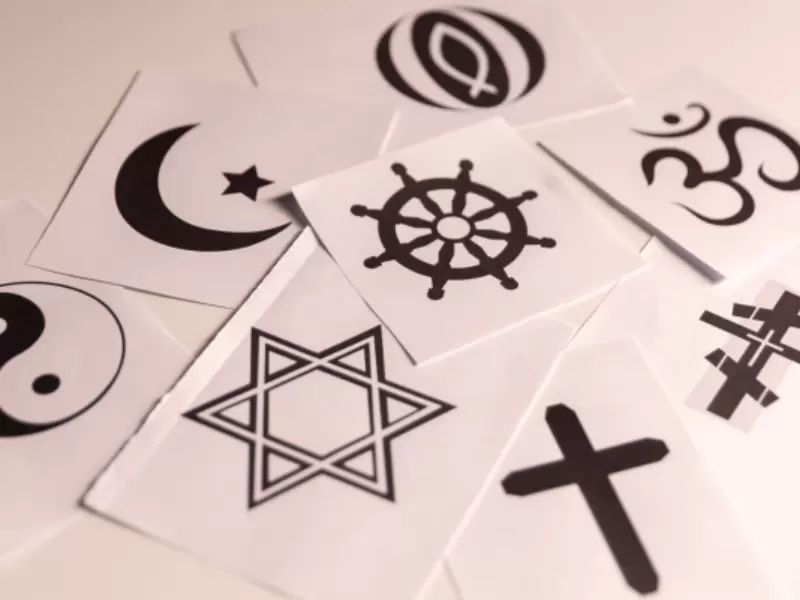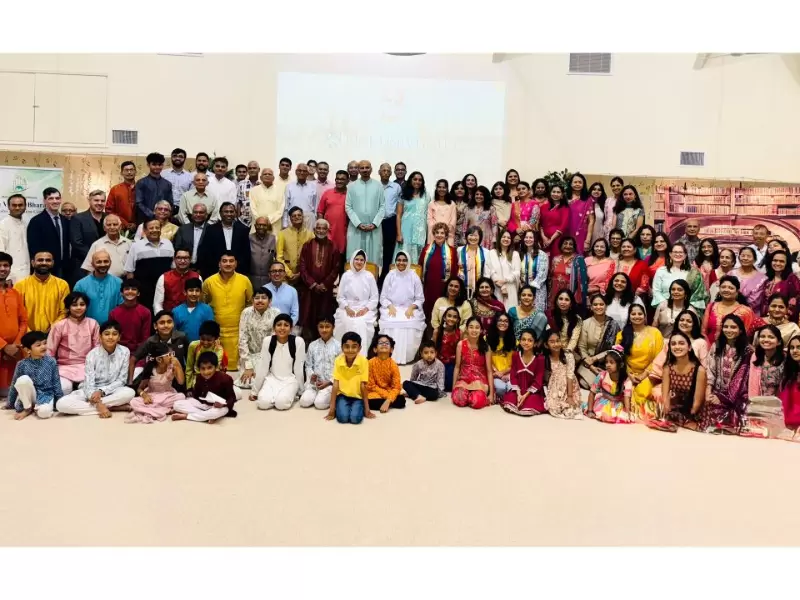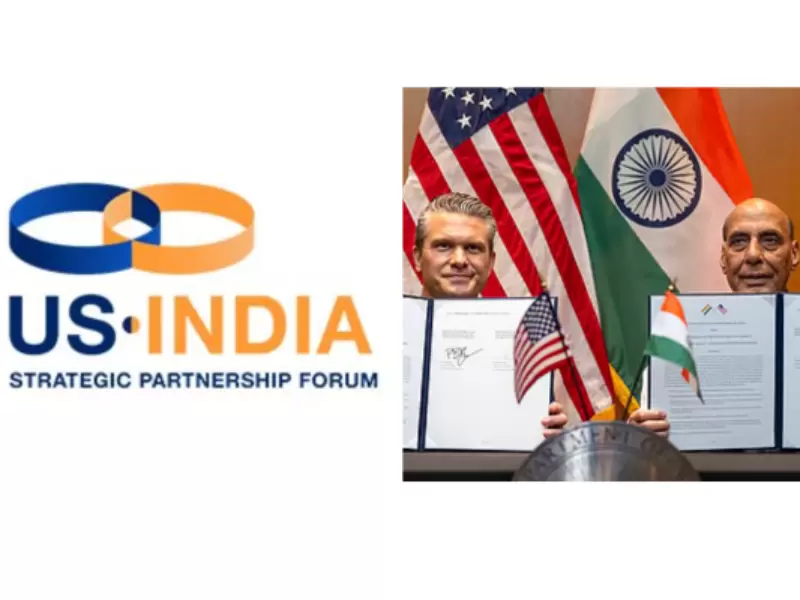Religious harmony: AI figured it out; when will we learn?
When followers of any religion claim superiority, they overlook the deeper essence of spirituality. True religion is not about exclusivity but inclusivity.
 Representative Image / Canva
Representative Image / Canva
I was inspired to ask ChatGPT this question, Is any one religion superior to all other religions, upon reading the reported remark of Vice President, J. D. Vance who said something to the effect of, I hope someday Usha will convert to Christianity.
I also asked ChatGPT if all religions aim at the one and the same thing. I have combined its responses into this one article.
The Essence of Religion
The word religion derives from the Latin religare, meaning “to bind” or “to connect.” At its heart, religion serves as a bridge—connecting the individual with the Divine, the finite with the infinite, and humanity with higher ideals. Whether expressed through prayer, meditation, ritual, or ethical living, every religion seeks to uplift the human spirit and guide followers toward truth and harmony.
Humanity has given birth to many religions, each clothed in its own language, rituals, and traditions. Yet beneath these outer forms runs a single current — a call to discover the divine within and to live in peace with one another. Religious harmony is not a new ideal to be imported into faith traditions; it is their very essence.
Is Any One Religion Superior to All Others?
The question of whether one religion is superior to all others has intrigued humanity for centuries. Every faith tradition claims to hold the truth about existence, morality, and the ultimate reality—God, the Divine, or the Absolute.
Yet, a closer examination of the world’s major religions reveals that they all arise from a shared human quest for meaning, moral order, and spiritual fulfillment.
The Core Message: Unity Amid Diversity
All major religions emphasize moral integrity, compassion, and self-realization. The methods differ — prayer, meditation, service, or contemplation — but the goal remains the same: to transcend selfishness and awaken to a higher consciousness rooted in love.
Hinduism teaches Vasudhaiva Kutumbakam — “the whole world is one family.” It urges seekers to recognize the same divine presence (Atman) in all beings. Buddhism emphasizes compassion (karuna) and mindfulness as pathways to end suffering and awaken to universal interdependence.
Christianity centers on love — “Love thy neighbor as thyself” — as the greatest commandment, dissolving barriers between individuals and communities. Islam speaks of peace (salaam) and surrender to the will of the one God (Allah), urging believers to show mercy and justice toward all creation.
Judaism upholds righteousness, peace (shalom), and the duty to “repair the world” (tikkun olam). Sikhism proclaims the oneness of God (Ik Onkar) and equality of all humanity, rejecting caste, creed, and discrimination. Baháí Faith declares the unity of all religions and the oneness of humankind as central truths for this age.
Each tradition, when understood in depth, points toward harmony, not conflict. The prophets, sages, and mystics who founded or illuminated these paths were not competitors; they were fellow travelers guiding humanity toward the same summit.
Why Discord Arises
Religious conflict is not born of true religion but of misunderstanding. When forms, doctrines, or dogmas overshadow the spirit behind them, narrowness and prejudice arise. The mystics of every tradition have warned against this — urging humanity to look beyond outer differences and to experience the inner truth directly.
Unity in Diversity
When the external forms of religions are set aside—the languages, rituals, and symbols—a profound unity of purpose emerges.
-
Hinduism speaks of many paths leading to the same Divine reality (Ekam sat vipra bahudha vadanti—“Truth is one, the wise call it by many names”).
-
Christianity emphasizes love of God and neighbor as the greatest commandments.
-
Islam calls for surrender to the will of Allah and living a life of compassion and justice.
-
Buddhism teaches the path of right living to overcome suffering and attain enlightenment.
-
Judaism stresses ethical conduct, justice, and a covenantal relationship with God.
Each faith, in its own language, encourages purity of heart, compassion toward others, and the pursuit of inner peace.
The Error of Superiority
When followers of any religion claim superiority, they overlook the deeper essence of spirituality. True religion is not about exclusivity but inclusivity.
Spiritual realization cannot be measured by labels of belief, but by transformation of character—how one lives, loves, and serves. The mystics and saints of every tradition have always recognized this truth. They see beyond dogma to the underlying unity of divine experience.
The Path Forward: Mutual Respect
Rather than arguing over superiority, humanity must cultivate interfaith understanding. Dialogue among religions should focus on shared values—peace, compassion, honesty, and service—rather than differences in doctrine. Religious harmony does not demand uniformity; it asks for mutual respect and recognition that diverse paths can lead to the same summit.
As Mahatma Gandhi once said, “The soul of religion is one, but it is encased in a multitude of forms.” Similarly, the Dalai Lama has observed, “All major religions carry the same message; love, compassion, and forgiveness.”
In our interconnected world, harmony among religions is not optional; it is essential for peace. Dialogue, mutual respect, and shared service to humanity can bridge divides. Education that emphasizes the common spiritual heritage of humankind can cultivate understanding from an early age.
Conclusion
No single religion can claim to be superior to all others, for each reflects a different aspect of the Infinite Truth. Like rivers flowing into the same ocean, the world’s religions, though varied in expression, converge in their ultimate goal—to awaken the divinity within and establish peace among all beings.
In the light of wisdom and love, superiority gives way to unity, and religion fulfills its true purpose—to make humanity divine.
Religious harmony is not a dream but a rediscovery — the realization that all religions, in their purest essence, prod their followers to strive for the same goal: inner peace, compassion, and communion with the One Truth. When humanity lives by this understanding, the walls that divide us will dissolve, and the world will move closer to lasting peace.
The author is Professor Emeritus and former Chairman of the Chemical Engineering Department at the University of Louisville. He is also president of Six Sigma and Advanced Controls based in Louisville, Kentucky.
(The views and opinions expressed in this article are those of the author and do not necessarily reflect the official policy or position of New India Abroad.)
ADVERTISEMENT
ADVERTISEMENT
E Paper
Video



 Pradeep B. Deshpande
Pradeep B. Deshpande









.png)

Comments
Start the conversation
Become a member of New India Abroad to start commenting.
Sign Up Now
Already have an account? Login